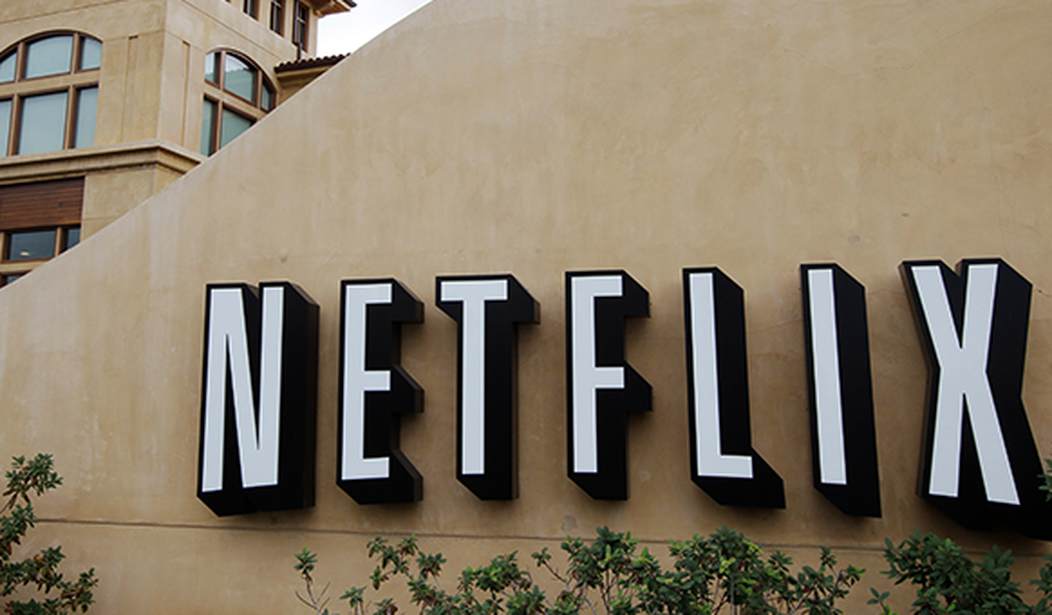Generation Z – the label given to children born between 1996 and 2012 – have had unprecedented access to media throughout their lifetimes. Generation Z are digital natives, growing up with smart phones, YouTube and streaming video as an integral part of their daily lives. They are more attuned to trends in digital media (try asking a Gen Xer to explain TikTok), and far more savvy than their parents, in most cases, about how to navigate digital platforms.
This poses a unique set of challenges for parents, because as digital media use becomes ingrained in children, so does its known influences, for better or worse. Just trying to keep up with what the kids are watching on TV quickly becomes a full-time job. Streaming services don’t help, and the top service, Netflix, is working to undermine parents’ authority and (likely) lack of tech-savviness by deceptively marketing adult content to young children and teens.
Case in point: This month Netflix released its fourth season of 13 Reasons Why, a TV-MA-rated original series based on a Young Adult (YA) novel about a high school girl who committed suicide, leaving behind a series of tapes offering her “reasons why.” The subsequent seasons explore wounds left open by her death among the motley group of friends brought together only by the fact that they were each named in her tapes.
A show about high schoolers in a high school setting is, almost by definition, designed to appeal to a high school (or younger) audience. On the surface, it makes sense that 13 Reasons is categorized as a “teen” show. Even the “warnings” and disclaimers to viewers point to the creators’ clear intent that the series would be watched by teen viewers: “13 Reasons Why is a fictional series that tackles tough real-world issues… If you are struggling with any of these issues, this series might not be right for you or you may want to watch it with a trusted adult. If you need help, reach out to a parent, a friend, a school counselor or an adult you trust, call a local helpline [etc.].”
Recommended
But although the program is plainly for teens, the content makes it immediately unsuitable for teens. This series is larded with adult themes and content, disturbing imagery, and graphic depictions of sexual assault and violence; content that many parents would not want their child to view.
Across the 10 episodes of season four; there were 935 profanities (the most frequent, by far, being “f*ck,” which was used 450 times; followed distantly by “sh*t,” which was used 214 times – in under 11 hours of programming); 152 instances of either implied or illegal alcohol or drug use; 96 instances of sexual content; and 99 instances of violence. Throughout the four seasons, the series has put on display sex, nudity, sexual violence, substance abuse, explicit language, and most troubling of all, suicide. In fact, after the first season dropped, there was a 26% spike in Google searches about how to commit suicide; and an NIH study linked the program to a 28% increase in youth suicides.
But the way Netflix markets this series undermines a parent’s normal and natural desire to protect and preserve their child’s innocence. By putting it in teen categories, Netflix signals to parents that the content is suitable for teen viewers.
This is a game of bait-and-switch that Netflix frequently plays. In a recent analysis, the Parents Television Council found nearly half of all programming designated as “Teen” by Netflix was rated either TV-MA (104 titles, or 40.8%) or R (23 titles, or 9.0%); and every single program that carried a TV-14 rating included harsh profanities.
Netflix and the creative team behind 13 Reasons congratulate themselves that they are tackling the tough issues facing teens in America today – but in effect they are placing themselves in loco parentis. They are making judgments about what teens can and ought to see and attempting to side-step parents in the process.
Despite the positive public spin Netflix tries to put on this dark series, it fails to deliver on the promise of addressing the difficult issues facing America’s teens. If the series is indeed for “mature” audiences, it offers no guidance or examples for adults to help teens navigate through these problems in the real world. If, as is more likely the case, it is intended for teens, it succeeds only in leading troubled kids down a dark hole of hopelessness. The show itself is morally bankrupt; but so is Netflix for the dishonest way it labels and markets this series.
Melissa Henson is the program director for the Parents Television Council, a nonpartisan education organization advocating responsible entertainment. (www.ParentsTV.org) Twitter: @ThePTC



















Join the conversation as a VIP Member